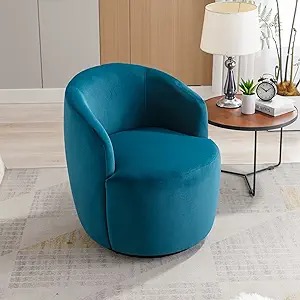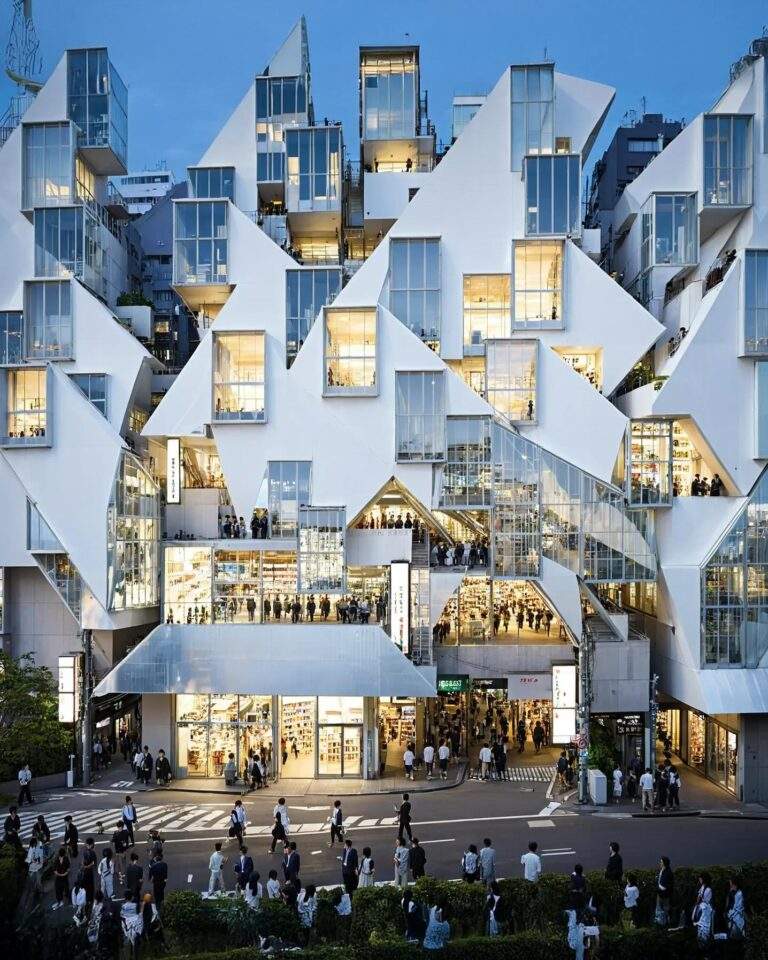Uses of Teal Color in Interior Designs
Teal Color is a relatively recent color; the first recorded use of Teal Color as a color name in English was only in 1917.
It is named after the Eurasian mallard, a duck with a colorful stripe on its head.
Although it is a mixture of green and blue in equal parts and is truly a color of its own,
it is often pulled into the green color family.
Historically, green pigments for paints and fabric dyes were difficult to extract from nature and were therefore not often used in clothing and heraldic arms.
While it was possible to mix green with blue and yellow pigments,
there was a deep aversion to mixing different substances due to distrust of chemistry.
This medieval alchemy transformed matter by combining elements, apparently through magic.
The superstitious tradition disappeared only during the early Renaissance,
and the German-Swedish chemist Karl Wilhelm Scheele discovered new copper greens in the late 18th century.

Features of Teal Color
Teal Color and its lighter sister colors such as turquoise,
cyan, aqua, and light green are not primary colors and therefore are not considered “primary.”
While the deep Teal Color is calm, sophisticated and informed,
similar to the dark green you see in old bookstores.
Teal Color symbolizes relaxation and can be found in nature when combined with blue skies and green animals.
When you add brightness to the Teal Color, or use less black in the mix,
the Teal Color turns turquoise, aqua, or cyan.
Or when there is less blue, it turns to light green.
These lighter shades of green are younger, sharper and more active because they are reminiscent of shallow water in sunny places.
Teal Color also combines the soothing properties of blue with the rejuvenating properties of green.
It is a refreshing and rejuvenating color that also represents open communication and clarity of thought.

How to highlight Teal Color
Teal Color stands out in bright white and coral, and works well with cream, navy, brown and pink.
It is also called metallic colors, such as silver and gold.

How to use Teal Color
Each color has its own color meaning that describes the feelings and emotions typically associated with it.
Understanding color psychology helps guide the use of color in your art projects.
For example, Teal Color can be used to promote feelings of relaxation.
Each color also has a hexadecimal color code.
A hexadecimal color code is a hexadecimal way of representing color in RGB format.
By combining three red, green and blue values into a particular shade of color.
For example, the hex code for Teal Color is #008080, and its RGB values are R:0, G:128, B:128.

Colors that go well with Teal Color
To apply the full effect of Teal Color, it can be surrounded with bright white.
For a more subtle look, pair it with cream, brown or pink.
And try to use science and psychology when choosing your color scheme,
there is more to it than just what pleases the eye.

Enrich and amplify your message by speaking to your audience in the language of color.
Use Teal Color to talk about things that are conservative, intuitive, and maybe even introverted.
How to decorate with Teal Color
The popular Teal Color trend is easy on the eye –
a very good option for those who prefer a higher tone, rather than softer, more subdued shades.
It is also a beguiling color reminiscent of warmer climates, as it has the ability to invigorate and soothe.
While some may consider decorating with Teal Color to be cool (and it can be at times),
But this powerful and exciting shade is anything but, vibrant in its power.
It can be used with white to achieve clear simplicity, and to make it interesting with dark colors.
It responds beautifully to sunlit rooms, but looks equally stunning in low light and candlelight.







